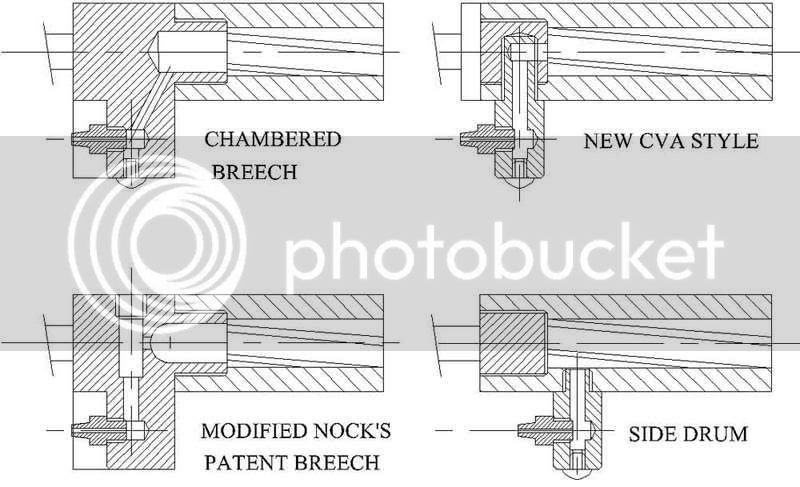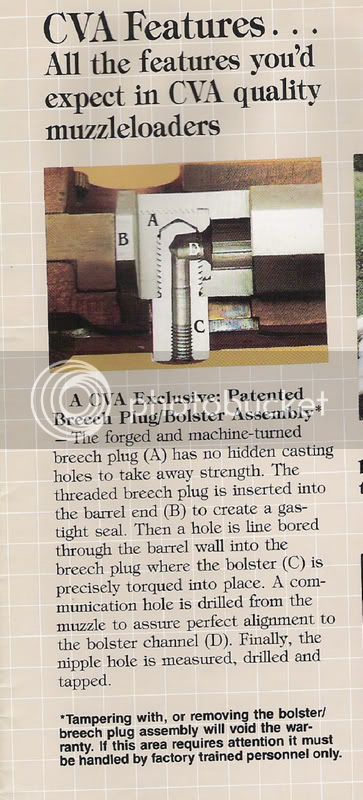Glad you clarified the turpentine. One of my CVA 45 caliber rifles is cantankerous like yours. I found out it was a flash channel problem too. What cured the problem was a mixture of fluid recommended to me by a long time shooter for swabbing between shots. Others use just plain water/spit.
Black Powder Solvent/Cleaner
1 part Murphy’s Oil Soap
2 parts rubbing alcohol
2 parts peroxide
It worked wonders for my rifle and I only have to swab when the fouling starts to make seating the patched ball difficult. Like others have said a slightly loose patch passed down once and back again is what you need.
Black Powder Solvent/Cleaner
1 part Murphy’s Oil Soap
2 parts rubbing alcohol
2 parts peroxide
It worked wonders for my rifle and I only have to swab when the fouling starts to make seating the patched ball difficult. Like others have said a slightly loose patch passed down once and back again is what you need.







